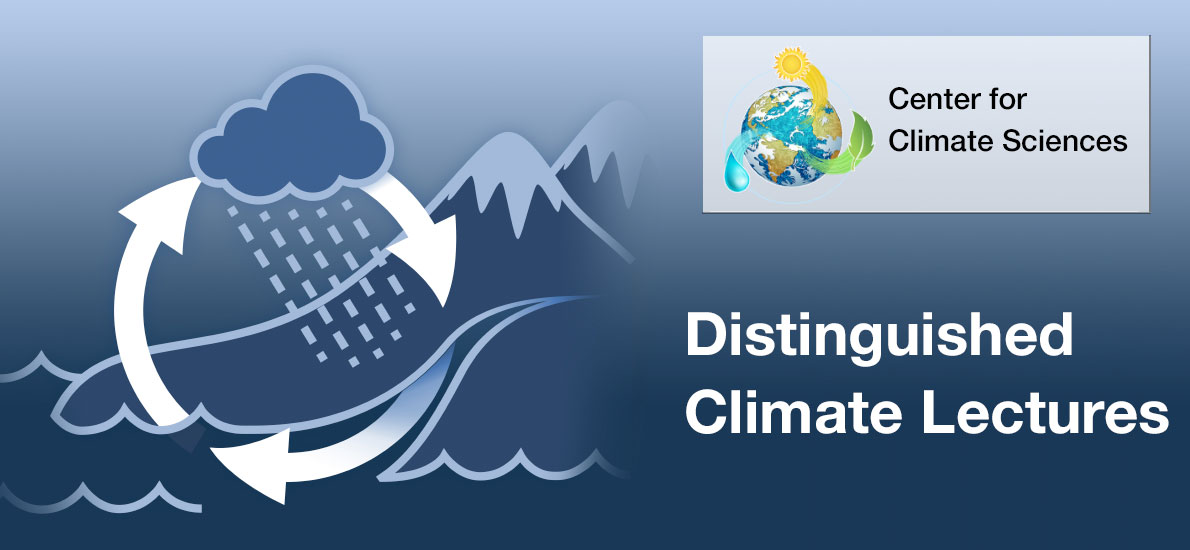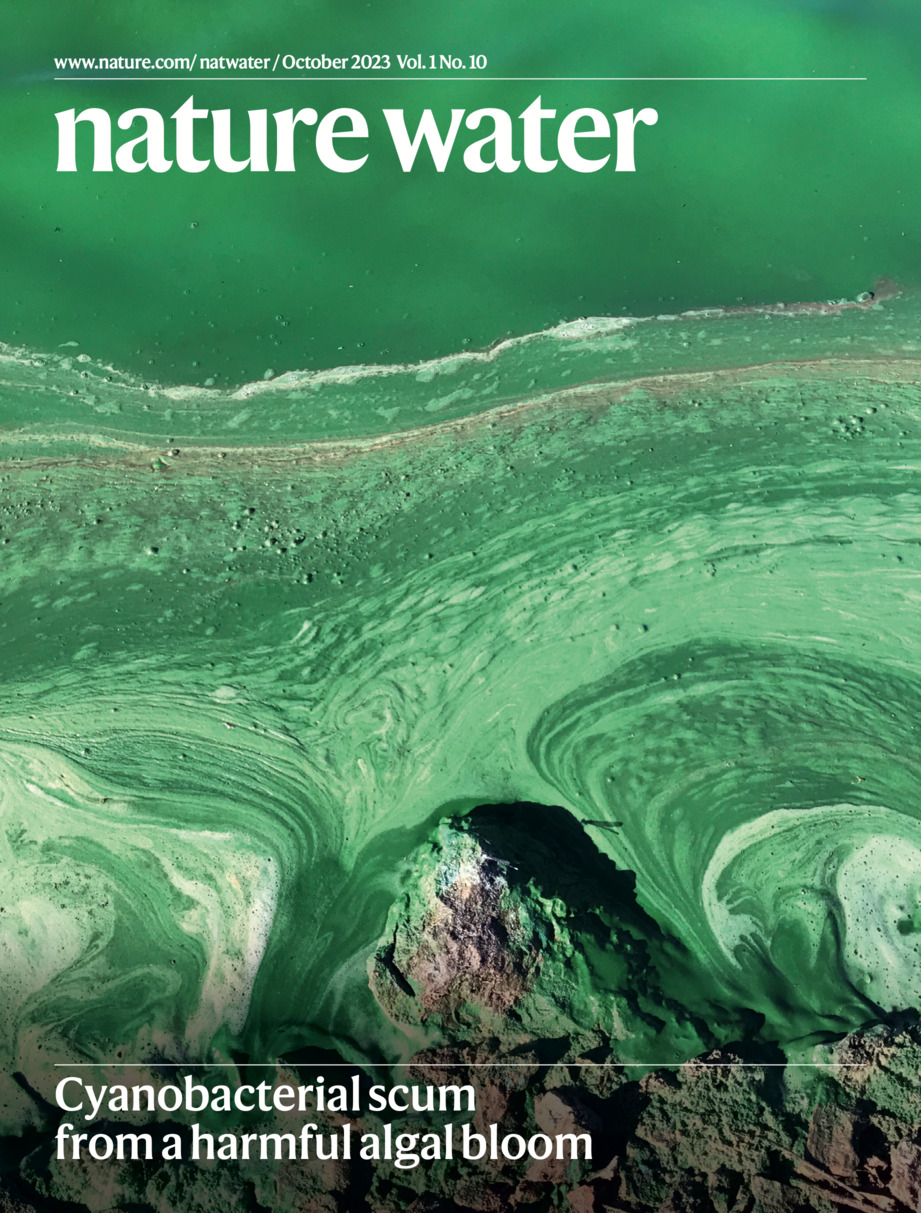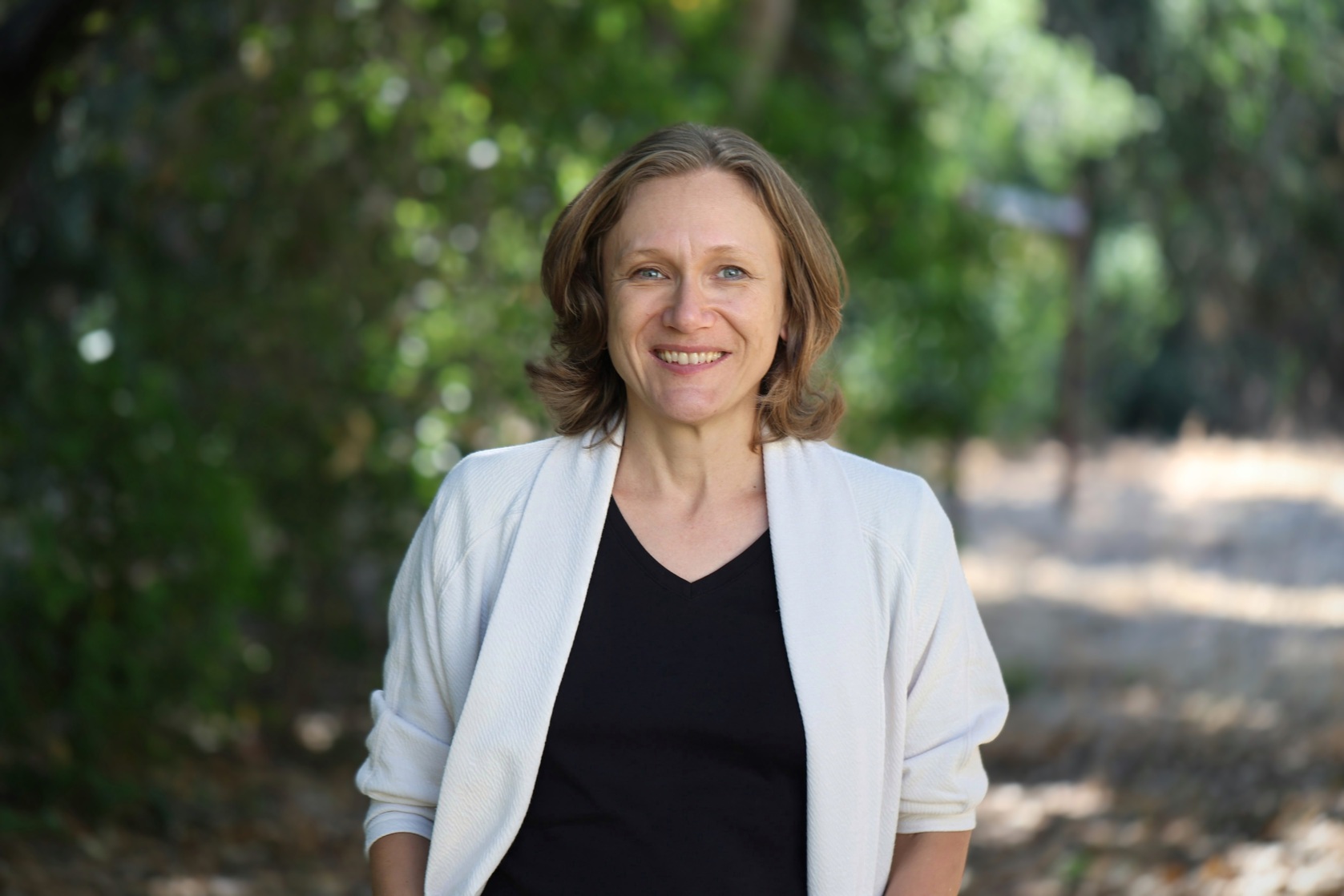Seminars
Assessing climate impacts on inland and coastal water quality
May 7, 2024
| 180-101 (in person) & Microsoft Teams, 2:00 pm PT
› view lecture

About this Lecture

About

Dr. Anna M. Michalak is the Founding Director of the Climate and Resilience Hub at the Carnegie Institution for Science, where she previously served as Director of the Department of Global Ecology. She is also a Professor (By courtesy) in the Department of Earth System Science and the Department of Biology at Stanford University. Prior to joining Carnegie, she was Associate Professor at the University of Michigan, Ann Arbor. Her research focuses on approaches for characterizing both natural and human emissions of greenhouse gases at urban to global scales – scales directly relevant to informing climate science and policy – and on assessing climate change impacts on freshwater and coastal water quality, with a particular focus on eutrophication and harmful algal blooms. She is the lead author of the U.S. Carbon Cycle Science Plan, a Visiting Faculty Researcher at Google, Co-Chair of the National Academies’ committee tasked with conducting a midterm assessment of NASA’s implementation of the decadal survey for Earth observations, and Co-Chair of the carbon and water advisory boards at Schmidt Sciences. She recently stepped down as Chair of the scientific advisory board for the European Integrated Carbon Observation System. She is the recipient of the Presidential Early Career Award for Scientists and Engineers (nominated by NASA), the NSF CAREER award, and the American Geophysical Union’s Simpson Medal. She is a Leopold Environmental Leadership Fellow and a Fellow of the American Geophysical Union. She holds a Ph.D. and M.S. in Civil and Environmental Engineering from Stanford University, and a B.Sc.(Eng.) in Environmental Engineering from the University of Guelph, Canada.
